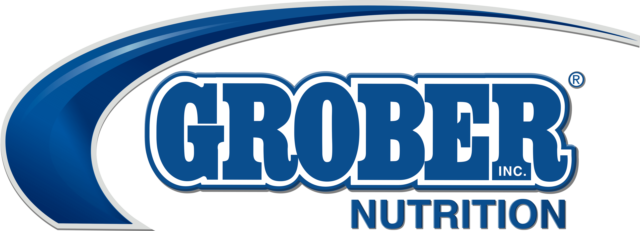Doris Pellerin from the Université Laval and collaborators assessed associations between the welfare of cows and productivity of dairy herds. They used data collected from 100 tiestall farms, 110 freestall farms and 20 farms with robots.
The welfare criteria assessed on farms included data on cows (injury, lameness, cleanliness, body condition score, time spent lying down), the animal’s environment (stall, litter, feeding area) and farm management (feeding, hoof trimming, genetics).
On tiestall farms, an increase of one hour in the average daily lying time is associated with an increase in the average annual milk production of 272 kilograms (corrected milk). This led to an increase in the annual margin per cow of $147 when calculated with replacement costs.
Farms with greater variability in cow lying time had fewer cows in third lactation or more and therefore less cow longevity. The tiestall farms in the study had an average lying time ranging from 10 to 14.5 hours per day.
The team also observed the importance of meeting recommendations for stall size, which was demonstrated by increased milk production when a greater proportion of cows had adequate tie rail height.
On freestall farms, the time cows spent lying down was not directly associated with average milk production.
However, greater variation in lying time between cows in the same herd was associated with a lower annual margin per cow of $420 per hour of standard deviation time. The freestall farms in the study had average lying times ranging from 8.7 to 13.2 hours per day.
Additionally, a higher proportion of cows with access to stalls of adequate length for their size was associated with better cow longevity.
Stall management practices such as bedding cleanliness showed the proportion of stalls significantly contaminated with excreta is associated with higher average annual somatic cell counts.
In freestall barns, offering more stalls containing dry bedding is associated with slightly higher milk yield – more than an additional 10 kilograms (corrected milk) for each percentage of stalls containing dry bedding.
In tiestall barns, the annual margin per cow was decreased by $16 per percentage point of stalls containing very wet bedding.
In assessing the relationship between cow welfare indicators and productivity, results showed tiestall farms with more than 5 percent of cows with docked tails had reduced annual milk of 22 kilograms per percent.
The proportion of lame cows was associated to the average genetic index of cows, illustrating an increase in milk production with improved genetics in herds with fewer lame animals.
In freestall farms, the proportions of cows with knee injuries, dirty flanks or lameness were all related to lower annual milk production, specifically decreases of 7, 27 and 12 kilograms, respectively. ![]()
The five-year project under the Dairy Research Cluster 2 was titled “Better Animal Welfare Leads to Improved Animal Health and Longevity, and Economic Advantages to Dairy Producers.” Collaborators: G. Keefe, Prince Edward Island University; E. Vasseur, McGill University; D. Haley, University of Guelph; K. Orsel, University of Calgary; M. de Passillé and J. Rushen, University of British Columbia. Eleven students at the master’s, Ph.D. and post-doc levels were trained in academic institutions across Canada.
Dairy Farmers of Canada (DFC) is the national policy, lobbying and promotional organization representing Canada’s farmers. DFC works to support sustainable dairy production; facilitate solutions to provincial/national challenges; provide credible research of dairy products on a national basis; and create innovative ways to grow the market.
Key takeaways
- In tiestall farms, it is essential to maximize the comfort of cows by providing stalls with adequate dimensions for cows’ size and ensure good bedding management.
This will promote an increase in lying time, increase milk production and improve longevity. Hoof and limb health should also be prioritized by hoof trimming on a regular basis to keep the prevalence of lameness to a minimum.
- Although the associations between dairy cattle welfare and productivity are different in freestall housing, comfort should also be maximized to limit the negative effects on locomotion, injury and cleanliness of cows.
These elements are all associated with the productivity and longevity of cows and therefore the profitability of Canadian dairy farms.









